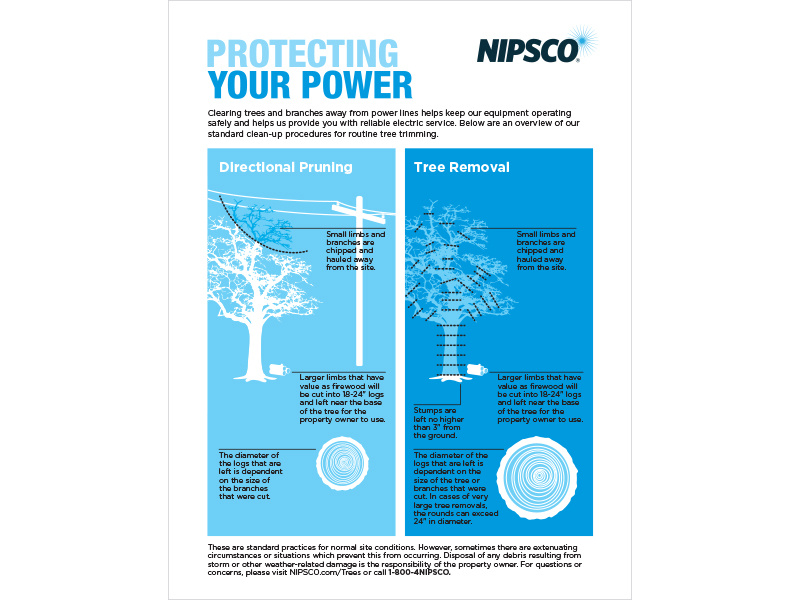Seasonal Tree Stewardship: Methods For Appropriately Handling Trees Prior To And After They Are Removed
Seasonal Tree Stewardship: Methods For Appropriately Handling Trees Prior To And After They Are Removed
Blog Article
Post Author-
When it comes to seasonal tree treatment, ensuring correct monitoring prior to and after removal can significantly affect the health and wellness and looks of your landscape. By comprehending the needed steps associated with assessing tree health and preparing for removal, you can proactively guard your building. Yet what regarding the essential techniques to follow once the tree is gone? Stay tuned to uncover the essential post-removal treatment procedures that will certainly aid you cultivate a growing and sustainable environment for your trees.
Pre-Removal Tree Care
Prior to resolving the removal of a tree, it's essential to prioritize pre-removal tree care. Start by evaluating the tree's wellness and architectural honesty. Search for indications of illness, pest infestations, or any architectural concerns that might position a safety threat during elimination. It's important to consult with a licensed arborist to determine the most effective course of action.
Trimming dead or infected branches can protect against additional damage to the tree and make certain a smoother elimination process.
In addition, take into consideration the environmental influence of removing the tree. Trees play a crucial role in our ecosystem, so planting a new tree in an ideal area can aid offset any loss. Guarantee that you have the required licenses and authorizations for tree elimination, specifically if the tree is protected by regional laws.
Seasonal Maintenance Tips
Assessing your tree's needs throughout the year is necessary for its wellness and durability. To maintain your trees in top problem, follow these seasonal maintenance ideas.
In spring, concentrate on trimming to get rid of dead or damaged branches and encourage brand-new development.
Summertime calls for normal watering, particularly during droughts, to guarantee your tree stays hydrated.
As autumn approaches, keep an eye out for very early indicators of disease or stress, and consider using mulch to safeguard the origins during winter months.
In winter, be cautious when removing snow from branches to stop breakage, and continue to monitor your tree's total health and wellness.
Remember to readjust your treatment routine based upon the particular needs of your tree types and neighborhood environment. By staying attentive and aggressive throughout the periods, you can assist your trees prosper and grow for years to find.
Post-Removal Tree Care
To make certain the health and wellness of your landscape even after tree removal, proper post-removal care is essential. After a tree is eliminated, it's important to fill the staying opening with topsoil and portable it to prevent settling. This will certainly assist keep the stability of the ground and prevent prospective hazards in the future.
Take into consideration growing new plant life instead of the removed tree to bring back the balance and aesthetic appeals of your landscape. On When Is The Best Time To Prune Fig Trees to promote the development of new plants and prevent soil disintegration.
Check the surrounding trees for any indicators of disease or stress and anxiety that may have been caused by the eliminated tree. Watch out for insects that might've been attracted to the previous tree and take safety nets to secure the continuing to be vegetation.
If needed, seek advice from an expert arborist to evaluate the influence of the elimination on the surrounding trees and identify any extra treatment needed. By Tree Removal Foundation Damage to these post-removal care steps, you can make sure the ongoing wellness and beauty of your landscape.
Final thought
To conclude, positive seasonal tree treatment is crucial for keeping the wellness and balance of your landscape. By examining tree wellness, pruning, and seeking advice from an arborist prior to removal, you can guarantee a secure procedure. After elimination, filling the hole, growing new plants, and normal watering will promote new growth and prevent erosion. Keep in mind to examine surrounding trees for illness and look for further treatment measures from an arborist to keep your landscape prospering.
